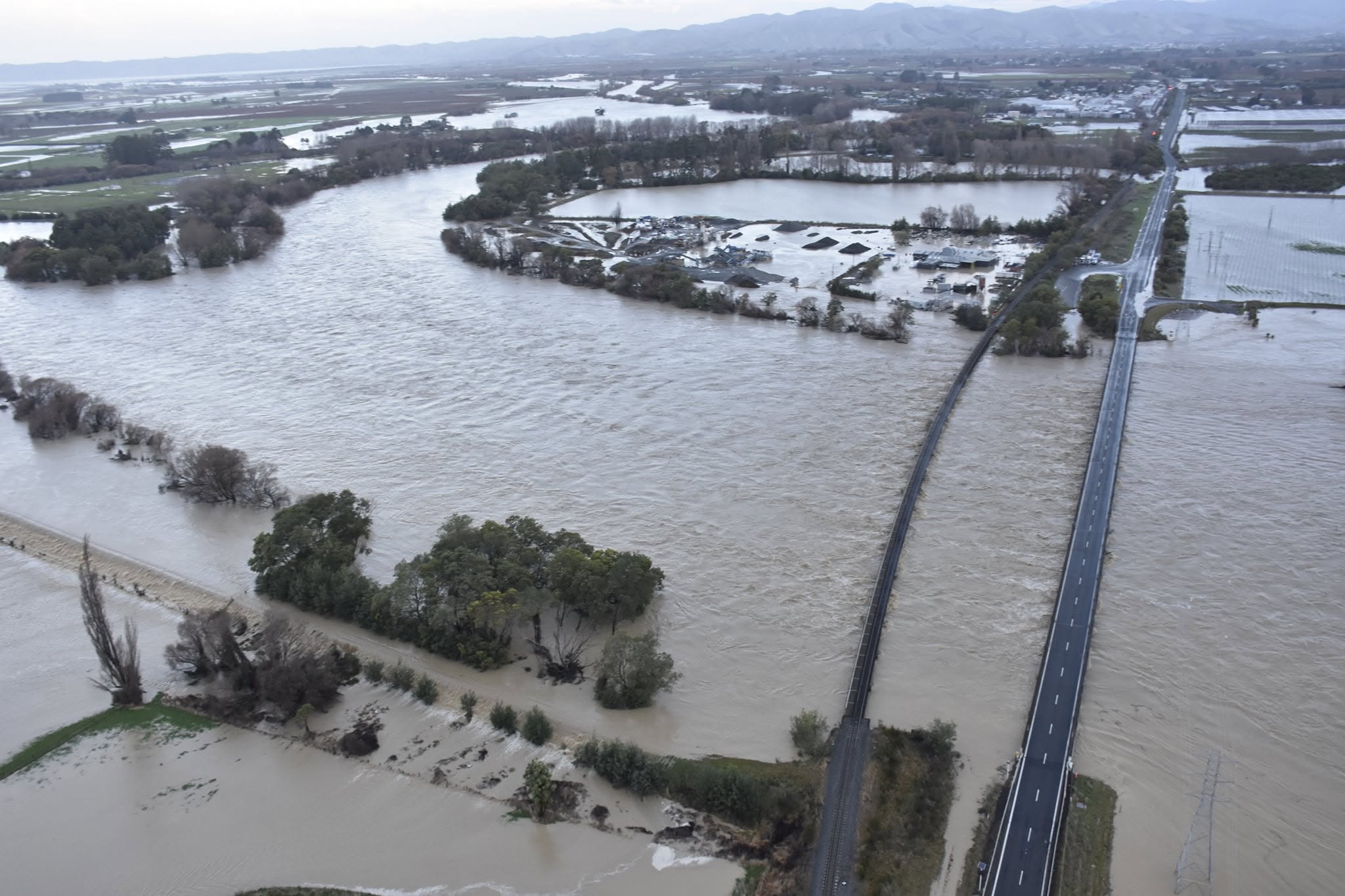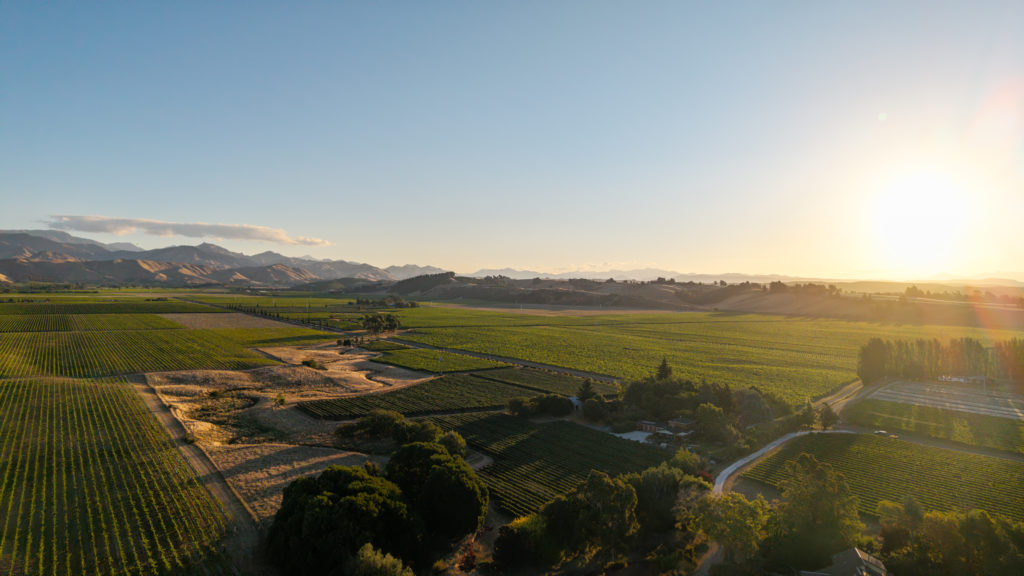In late June 2025, Marlborough faced a deluge that tested its resolve. Heavy rain battered the region, triggering widespread flooding, road closures, and evacuations in Spring Creek and Renwick. Yet, amidst the chaos, the community’s spirit shone through, proving that Marlborough’s strength lies in its people. As the waters recede, stories of resilience and collaboration are emerging, painting a picture of a region determined to rebuild stronger than ever.

The flooding, classified as a medium-scale adverse event by the government, was relentless. Over 300 millimeters of rain fell in some areas, saturating the ground and swelling rivers like the Wairau and Waihopai. Spring Creek residents were evacuated as a precaution due to concerns about a compromised stopbank, while Renwick faced similar fears when a bank at the Waihopai-Wairau confluence showed signs of failure. The Marlborough District Council, led by Mayor Nadine Taylor, acted swiftly, declaring a local state of emergency and coordinating with Marlborough Emergency Management to ensure resident safety. An Air Force Unimog even rescued 20 stranded people at Para Swamp, a testament to the region’s preparedness.
Despite the challenges, Marlborough’s stopbanks largely held firm. Council engineer Geoff White noted that the Spring Creek stopbank, previously flagged for weaknesses, performed better than expected, with no seepage or slumping observed. This gave residents confidence to return home, though not without frustration. One Hathaway Street resident, battling floodwaters with a sandbag wall and water pump, voiced exasperation: “This happens every year.” The council’s decision to delay stopbank repairs until 2026 has sparked debate, but their commitment to fast-track fixes at the Waihopai-Wairau confluence signals progress.
The recovery phase, which began officially on July 1, 2025, is where Marlborough’s community spirit truly shines. Local agencies, including Marlborough Roads and NZ Transport Agency Waka Kotahi, are working tirelessly to repair damaged roads like State Highway 6 and clear debris. Community groups and rural networks have rallied, offering practical support and emotional care. The council’s Antenno app has kept residents informed, providing real-time updates on road conditions and safety advisories. Meanwhile, businesses like BNZ have stepped up, launching financial assistance packages for affected individuals, small businesses, and agribusinesses, easing the economic strain.
Stories of neighborly support abound. In Spring Creek, residents in rain jackets and gumboots checked on each other, sharing resources and encouragement. Farmers, hit hard by flooded fields, are showing the grit described by a Tasman farmer: “It’s not in our nature as New Zealand farmers to give up.” The Rural Support Trust is gearing up to meet high demand, ensuring no one is left behind.
Marlborough’s recovery is far from over. Damaged infrastructure, contaminated floodwaters, and the threat of more rain loom large. Yet, the region’s tight-knit community, backed by proactive leadership and innovative tools like Floodwatch, is ready to face the challenge. As Mayor Taylor emphasized, the focus is on supporting communities and assessing long-term needs.

For Marlborough, these floods are not just a setback but a chance to showcase resilience. Tune in to our latest podcast episode to hear from locals on the ground, sharing their experiences and vision for a flood-proof future. Together, Marlborough is rebuilding, one step at a time.


Leave a Reply